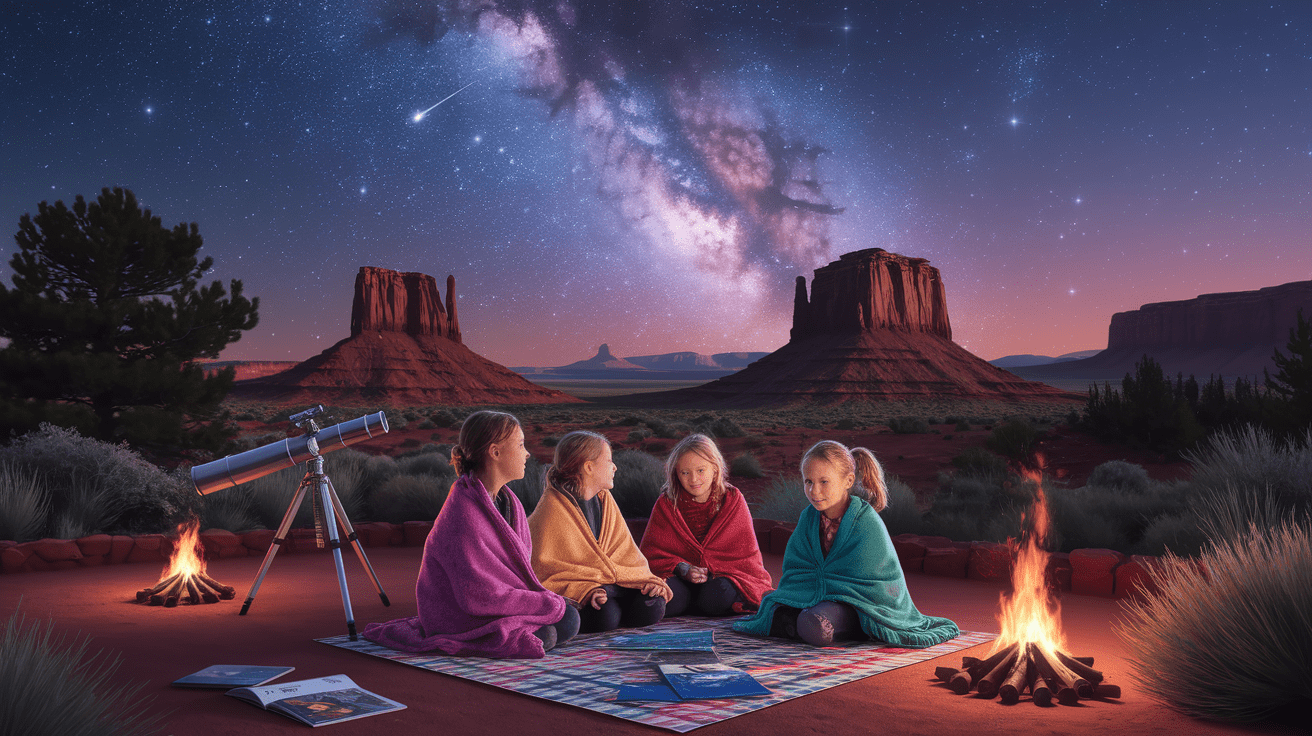Starry Nights in St. George: Backyard Astronomy for Kids
Rising Stars in St. George: A Celestial Introduction
Here in St. George, Utah, our clear desert skies are a true gift for anyone curious about the night above. Introducing children to backyard astronomy can spark both wonder and learning. It’s not just about looking at stars—it’s about connecting with the universe, observing moon phases, spotting planets, and even following seasonal constellations unique to our location.
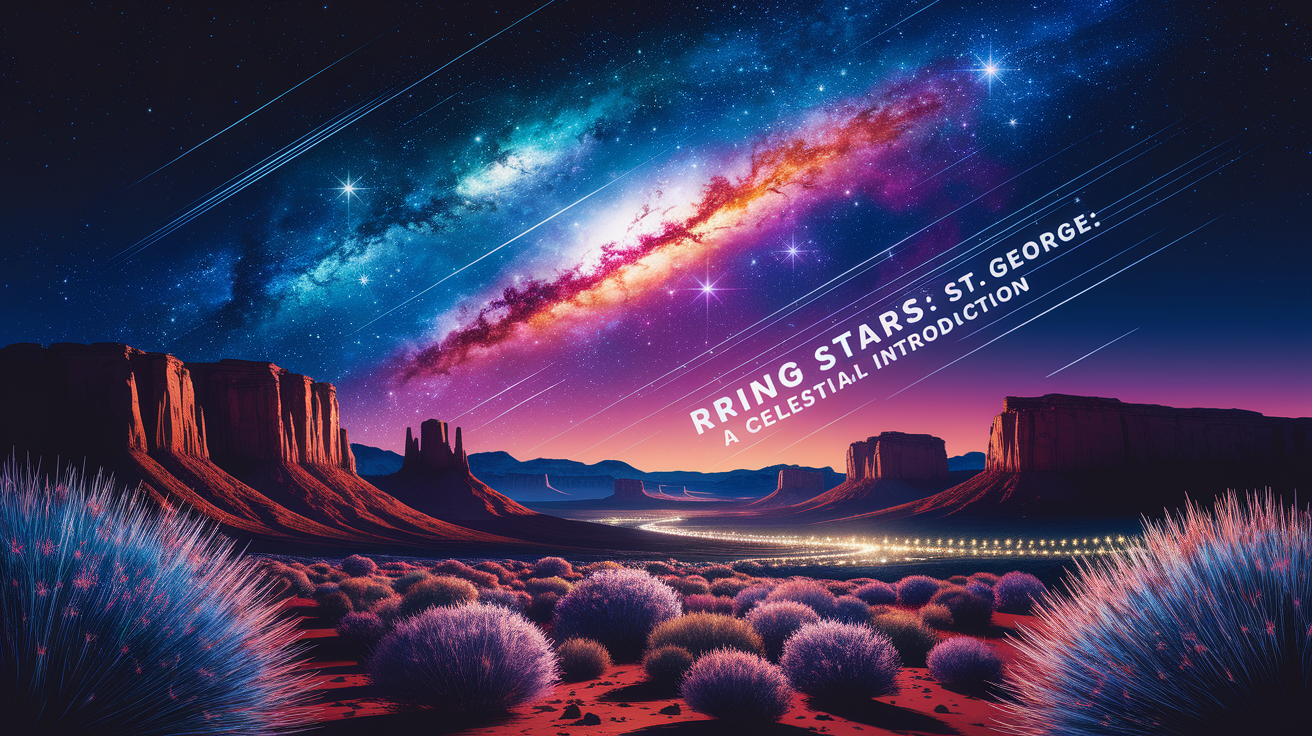
When the sun dips behind the red cliffs, the sky becomes a sprawling classroom. Activities like stargazing, identifying constellations, and encouraging kids to sketch what they see help them both remember and appreciate these celestial experiences. Apps or printable star charts can make it easier, guiding young eyes to the right points in the sky.
Choosing Kid-Friendly Astronomy Gear
For children in St. George getting started with astronomy, the right gear makes a big difference. Starting with the bare essentials—your eyes and a simple star chart—can be surprisingly rewarding. For closer looks, binoculars are great for observing details on the Moon or seeing bright planets. A beginner-friendly telescope can open up more distant wonders and is ideal for kids ready to take that next step.
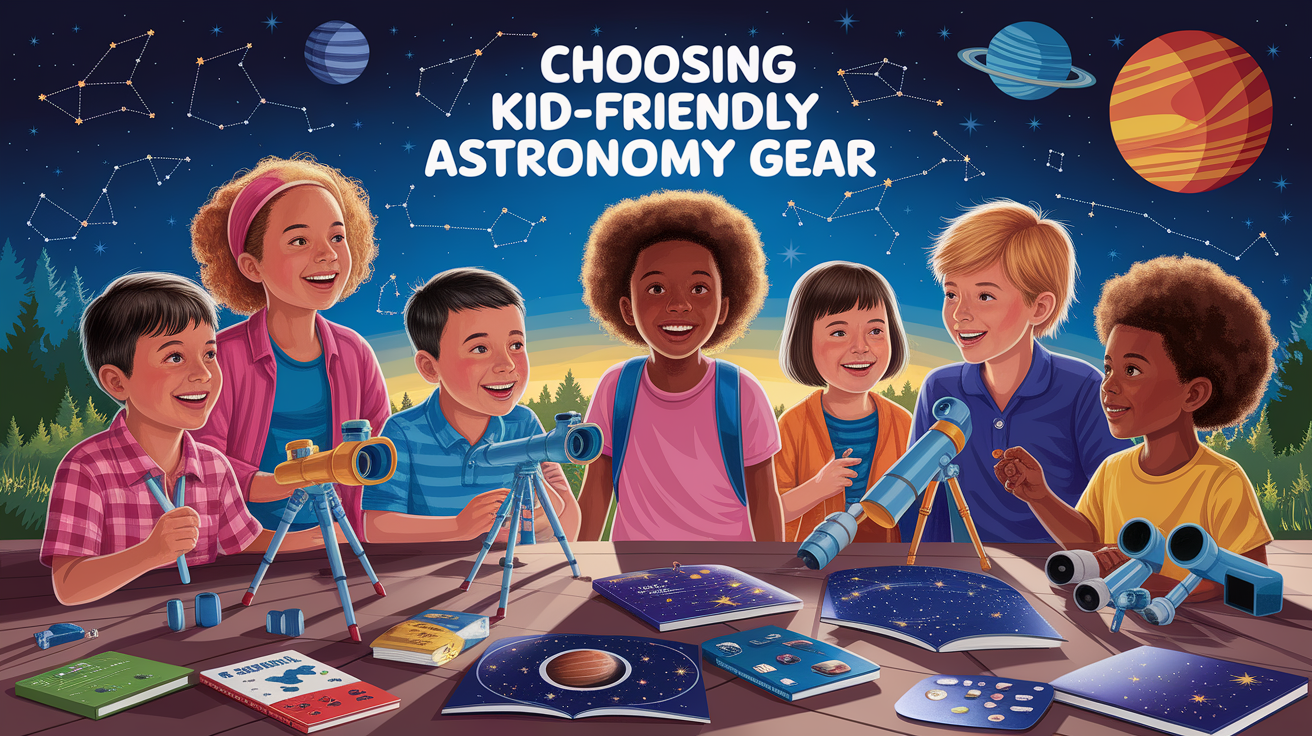
- Binoculars: Lightweight, easy to handle, and perfect for younger children.
- Beginner Telescope: Simple to use, easy to maintain, avoids frustration for newcomers.
- Star Maps & Apps: Useful for identifying constellations and planets quickly.
Whichever you choose, make sure the equipment is suited for small hands and provides clear, bright views without complicated setup.
Engaging Backyard Astronomy Activities
There are plenty of creative ways to make backyard stargazing engaging for kids. I often see families not just looking at stars, but making it an adventure. Here are a few popular ideas:
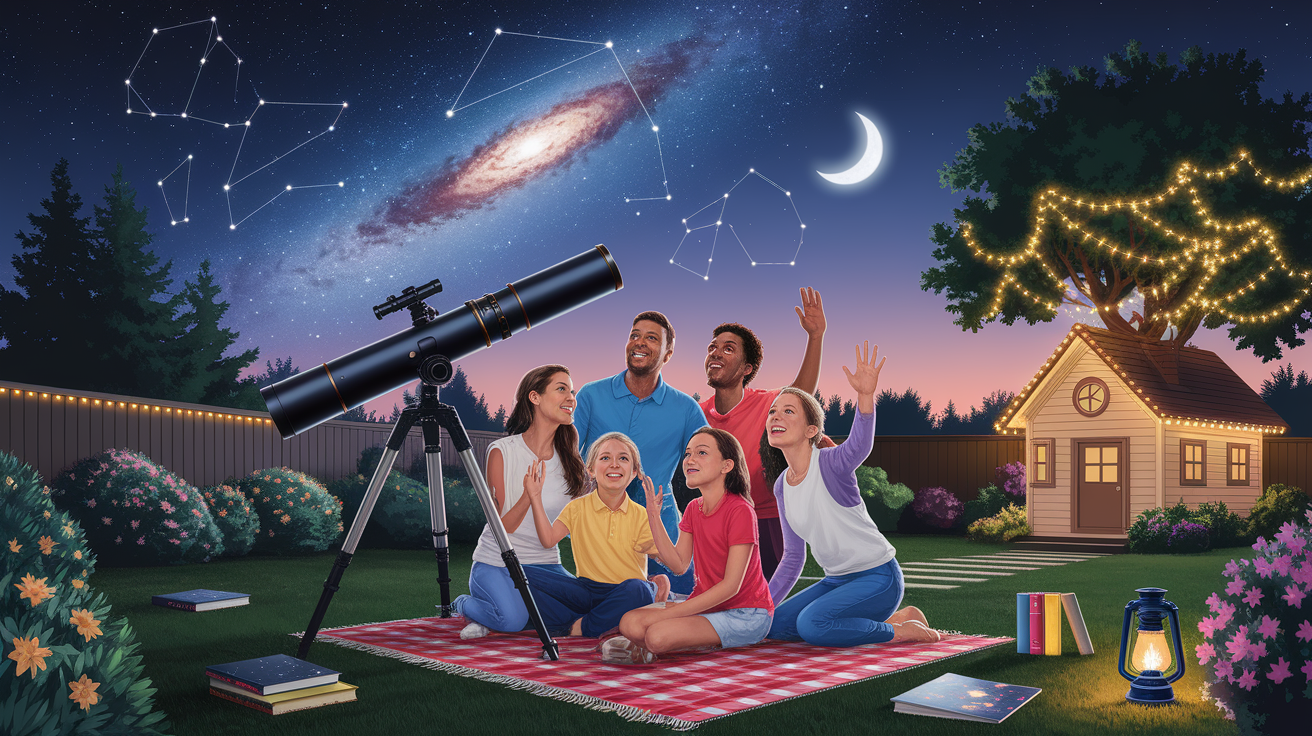
- Track the moon’s phases over a month, then compare drawings.
- Identify a new constellation each week and learn its story.
- Observe the planets on clear evenings—Jupiter’s moons are a big hit.
- Plan a late-night meteor shower viewing during peak times.
Adding a storytelling element—such as myths behind constellations—can enhance the fun and keep kids excited about every outing under the stars.
Ensuring Safety and Comfort Under the Stars
Safety is key when introducing children to night sky observation. To start, be mindful of light pollution; finding a darker corner of your yard or visiting a nearby dark sky area will help. Never let children look directly at the Sun—if you plan daytime solar viewing, use safe methods such as solar projection screens.
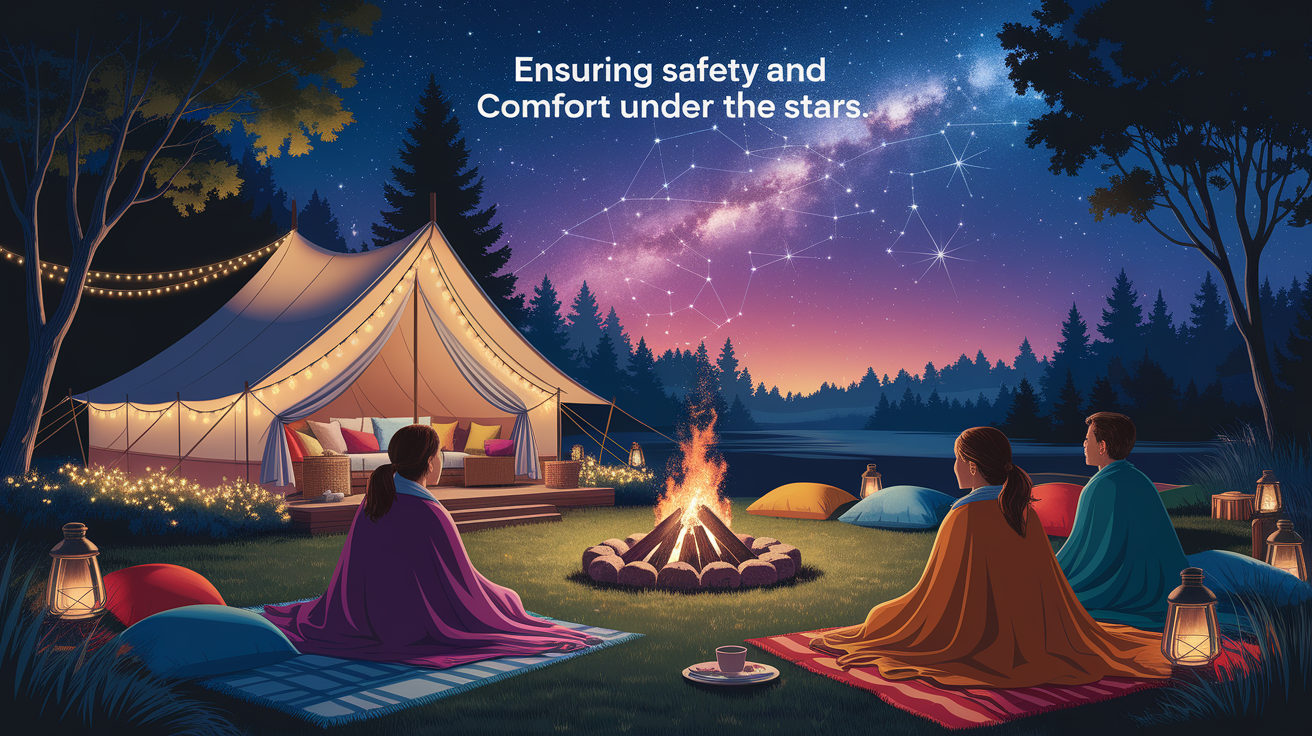
- Dress warmly, especially in cooler months—even desert nights can turn chilly.
- Use red-light flashlights for visibility without disrupting night vision.
- Ensure stable footing in viewing areas to prevent tripping.
Comfort counts just as much as safety—blankets, chairs, and warm drinks can make the experience even more inviting, helping kids to feel relaxed as they learn.
Resources to Fuel Young Astronomers’ Passion
When a child shows enthusiasm for astronomy, having the right learning tools at hand can help that passion grow. Books, easy guides, and even local clubs in St. George can make a difference. The National Geographic’s ‘Backyard Guide to the Night Sky’ is an accessible choice for beginners, and online resources like the Beginner’s Guide to Backyard Astronomy can walk young learners through the basics of telescope setup and celestial identification.
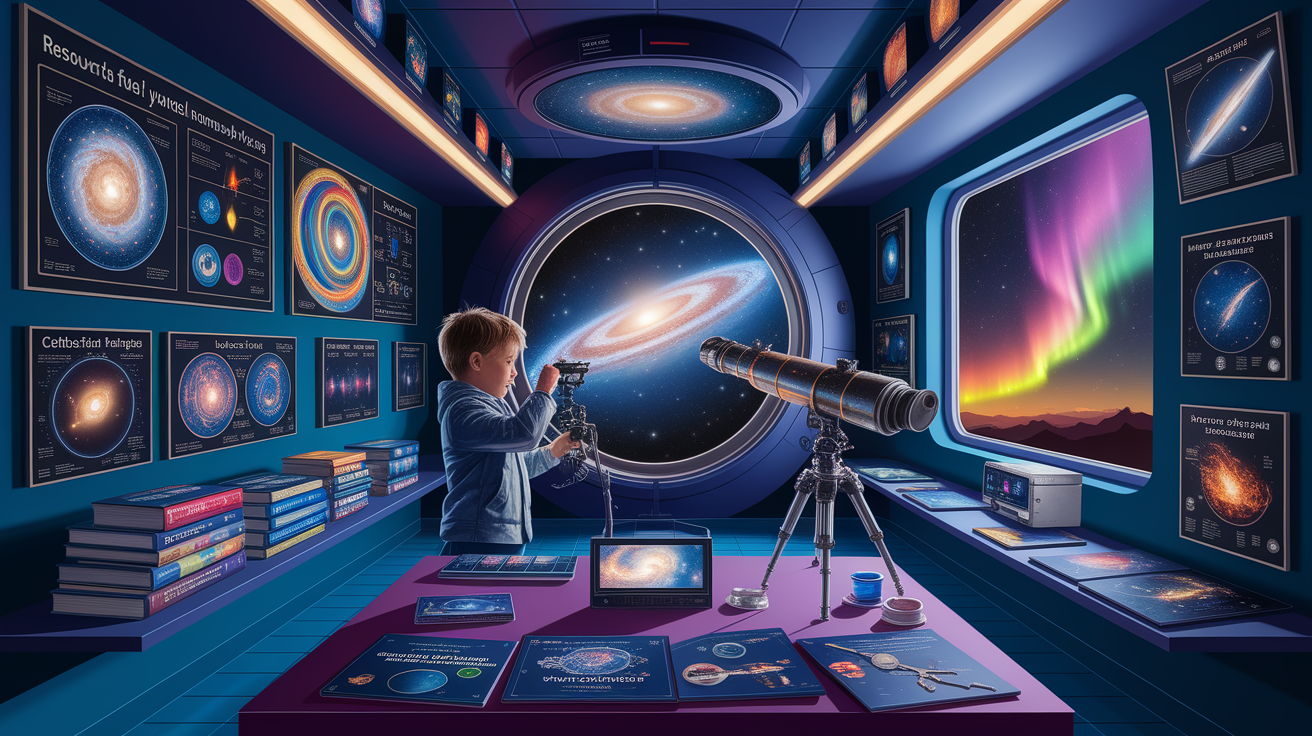
Consider checking for local astronomy clubs that welcome families. These groups often organize viewing nights in nearby dark sky locations, providing opportunities to see more objects and learn from seasoned stargazers.
Shooting for the Stars: A Sparkling Conclusion
Backyard astronomy in St. George offers families an unforgettable way to spend time together, combining outdoor fun and lifelong learning. With the right gear, safe practices, and engaging activities, kids can develop a deep appreciation for space science and perhaps even dream of exploring it someday.
Clear skies, patient guidance, and a little curiosity are all you need to help the young stars in your life look up and start exploring the universe from right here at home.

